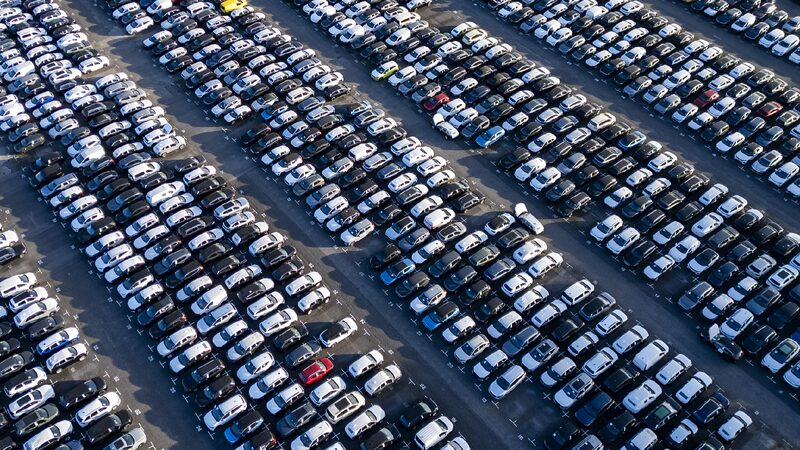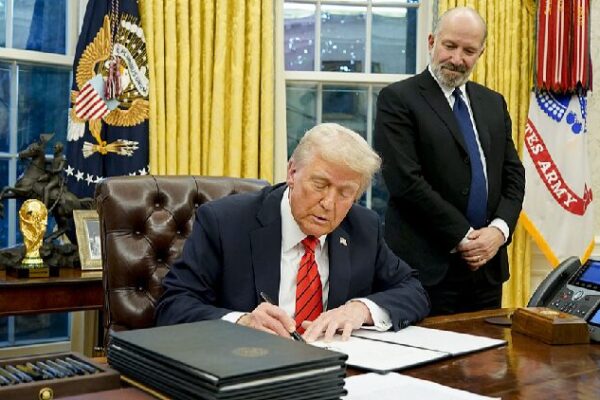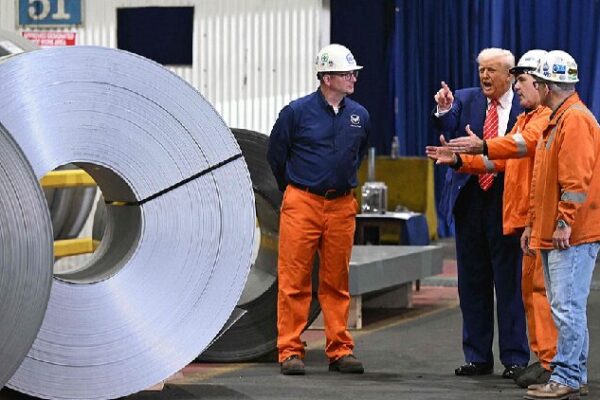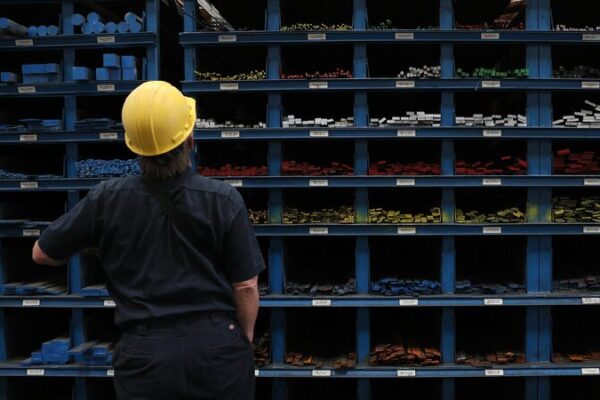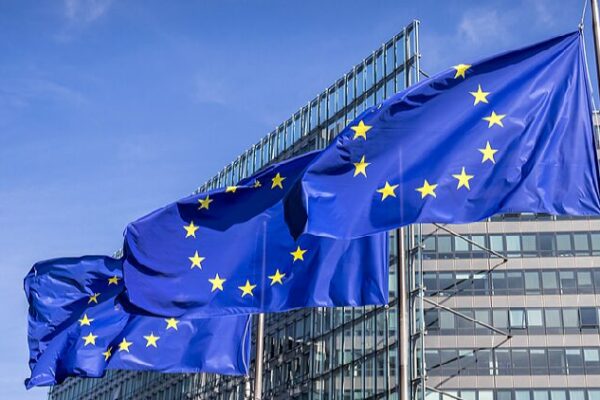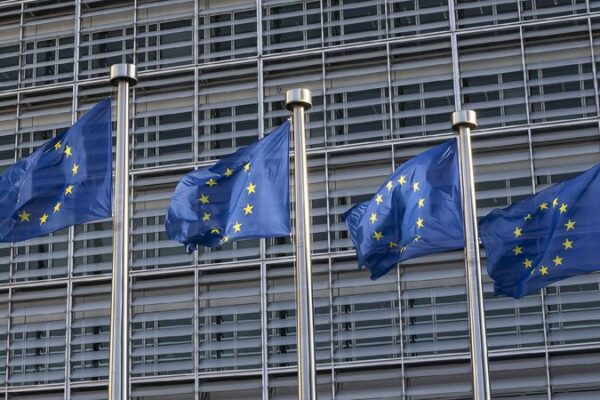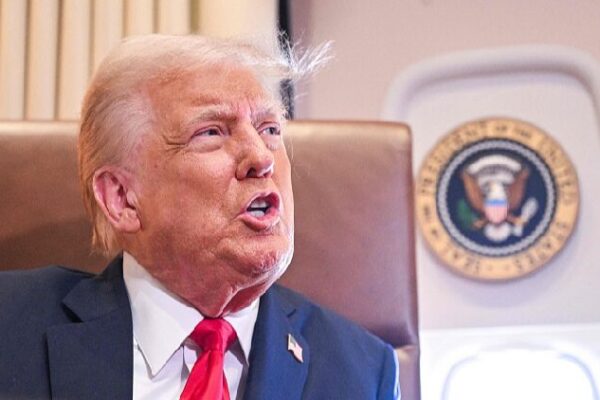The European Union (EU) is joining forces to present a united front against U.S. President Donald Trump’s recent tariffs on steel, aluminum, and potentially cars. In response, the EU is preparing a targeted list of countermeasures on up to $28 billion worth of U.S. imports, ranging from dental floss to diamonds.
Representatives from the 27 EU member countries are set to meet this week to approve these measures, aiming to send a clear message of unity and readiness to negotiate the removal of the U.S. tariffs. The proposed EU counter-tariffs focus on a variety of American products, including meat, cereals, wine, wood, clothing, chewing gum, vacuum cleaners, and toilet paper.
Luxembourg will host the first EU-wide political meeting since the announcement of the U.S. tariffs. Ministers responsible for trade will discuss the impact of the tariffs and how best to respond. A key goal of the meeting is to maintain a cohesive stance among EU nations, emphasizing the importance of a common commercial policy.
“Our biggest fear was a break in unity, but everyone can see the benefit of standing together,” an EU diplomat remarked. The spectrum of opinions among member states varies, with some advocating for a strong response and others urging caution to avoid escalation.
France has suggested going beyond tariffs, with President Emmanuel Macron proposing that European companies suspend investments in the United States until the situation becomes clearer. Ireland, heavily reliant on U.S. trade, calls for a measured approach, while Italy questions whether retaliatory actions are the right path.
EU Trade Chief Maros Sefcovic described recent discussions with U.S. counterparts as “frank,” emphasizing that the U.S. tariffs are “damaging and unjustified.” The EU’s initial counter-tariffs are expected to be approved on Wednesday, entering into force in two stages starting mid-April.
European Commission President Ursula von der Leyen is also set to meet with executives from the steel, automotive, and pharmaceutical sectors to assess the tariffs’ impact and determine future actions.
Reference(s):
cgtn.com
